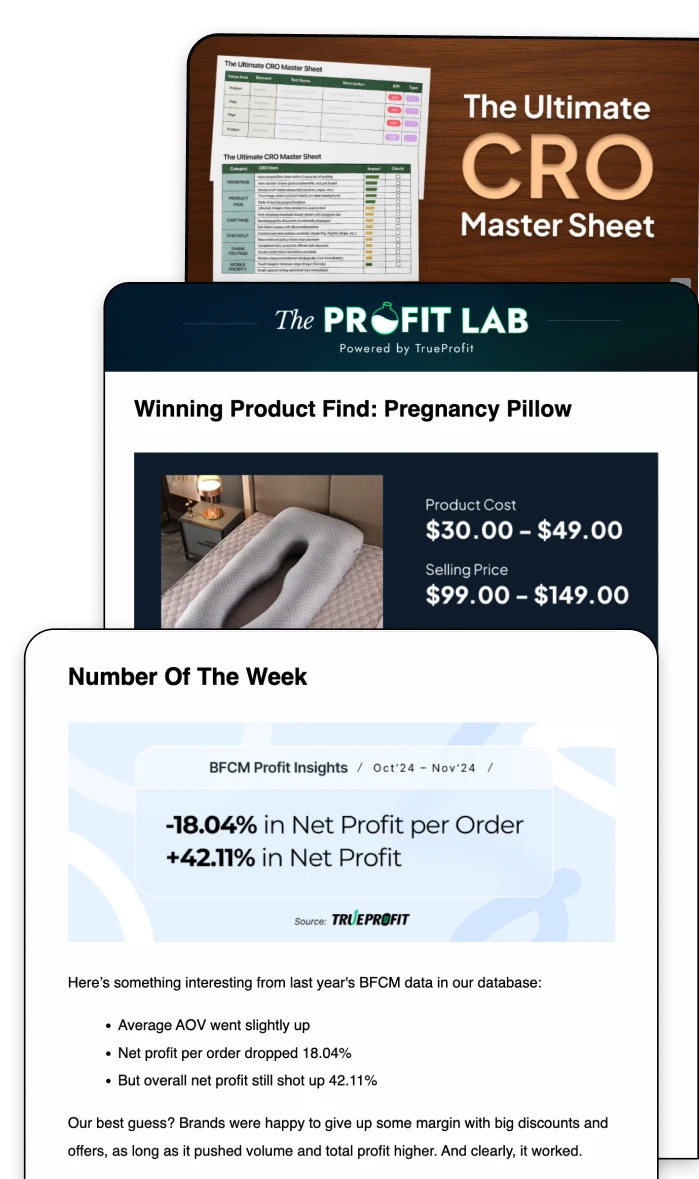Top 10 Profitable Print-on-Demand Pet Products to Sell in 2025
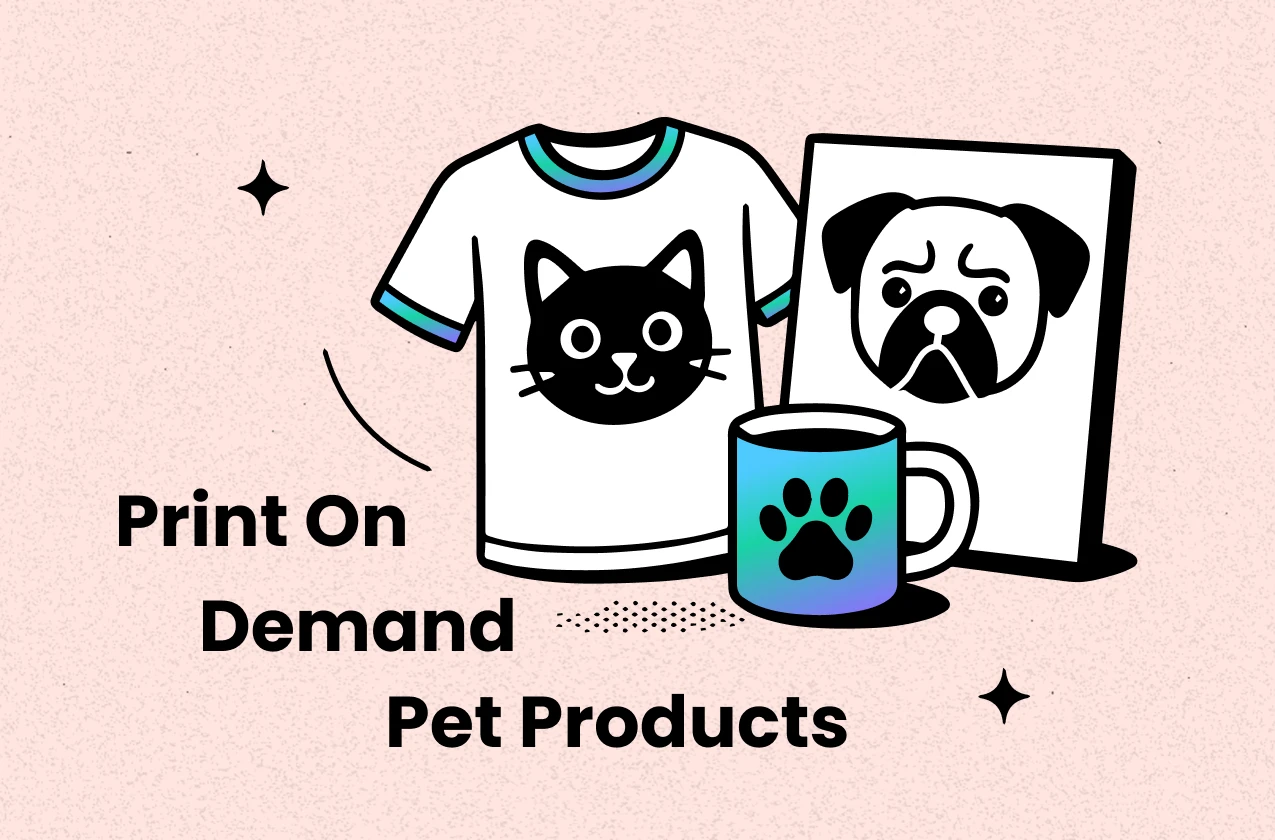
The pet industry is booming, and pet owners love spoiling their furry friends. Print-on-demand (POD) allows entrepreneurs to tap into this market with minimal upfront costs while offering unique, personalized products.
In this guide, we’ll explore the top 10 most profitable print-on-demand pet products to sell in 2025 and how you can launch a successful pet POD store.
The Best Print-on-Demand Products for Pet POD Stores
When it comes to POD for pets, personalization and quality matter most. Here are the top products that combine high demand, ease of customization, and strong profit potential.
1. Bandanas
Supplier Price: $4–$7
Selling Price: $12–$20
Gross Profit Margin: 50–65%
Bandanas have been a classic pet accessory for years yet it stills have a consistent, year-round demand.
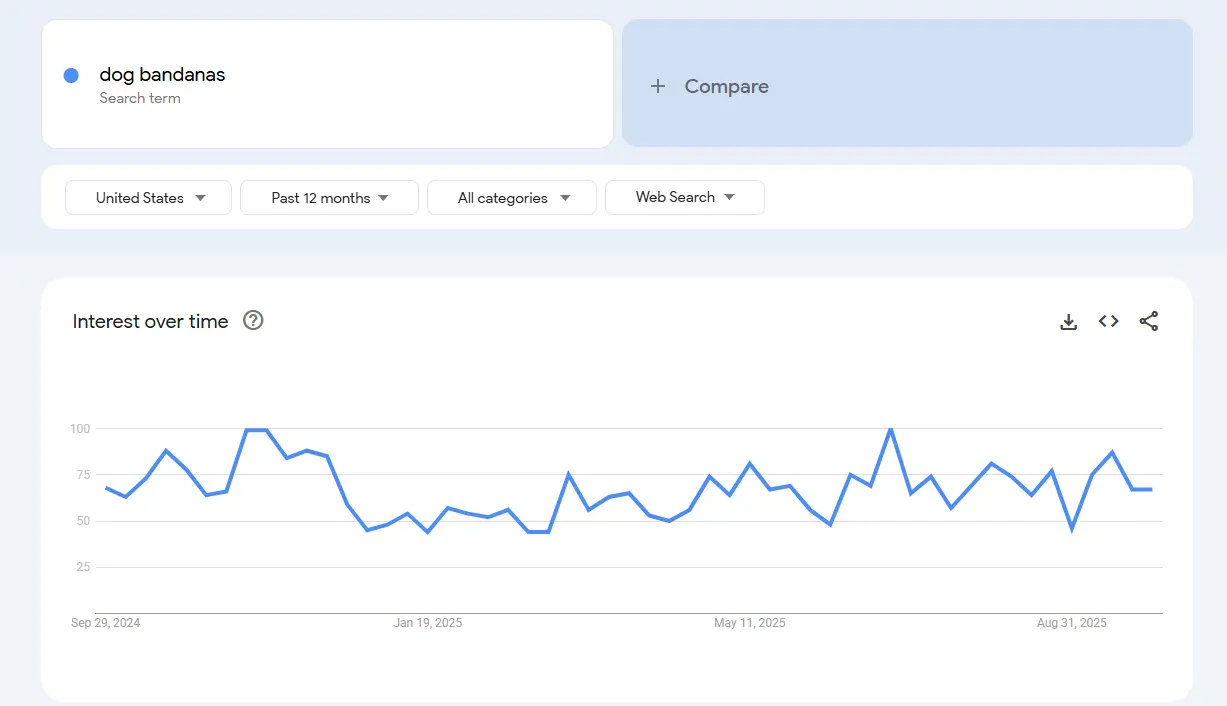
Pet owners love sharing photos of their pets online, and a personalized, stylish bandana is a perfect, affordable way to do that. Seasonal designs, funny patterns, or matching owner-pet sets can make bandanas feel fresh and trendy, even if the product itself has been around for a while.

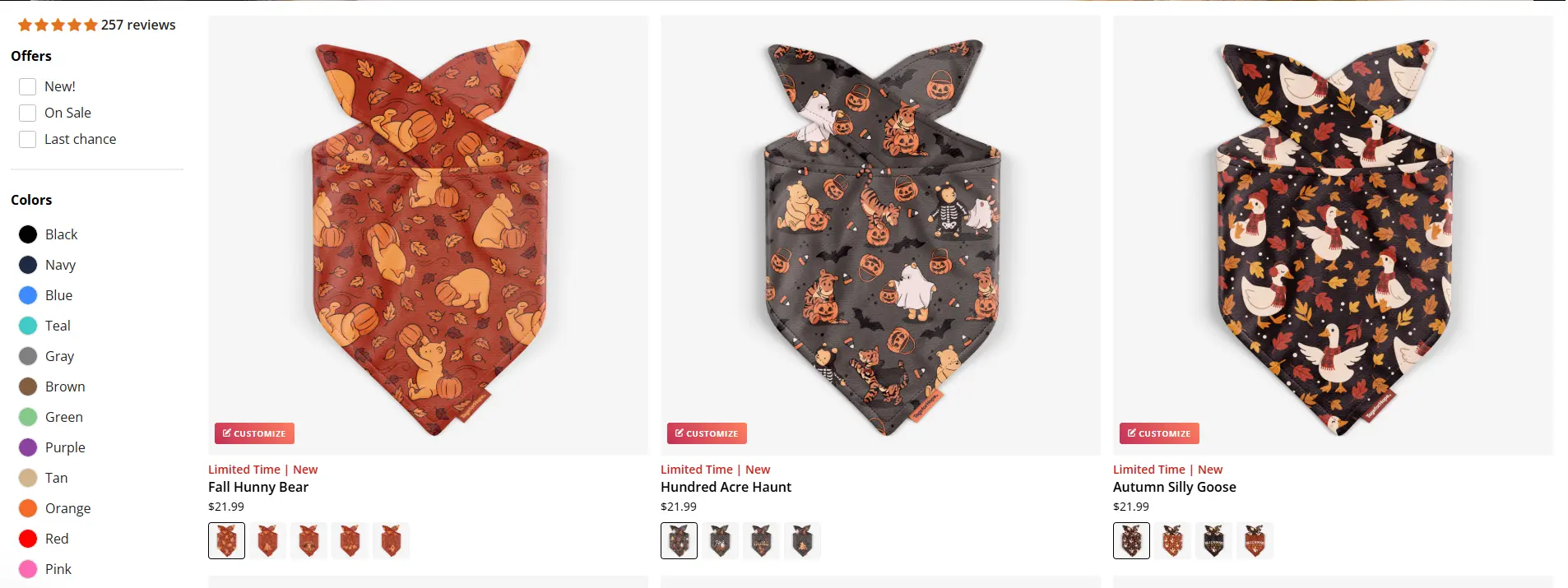
Bandanas are also a highly profitable print-on-demand pet product because they are low-cost, lightweight, and easy to sell. Most POD suppliers charge between $4 and $7 per bandana, while online stores typically sell them for $12 to $20, depending on design and personalization. This translates to an estimated profit margin of 50–65%.

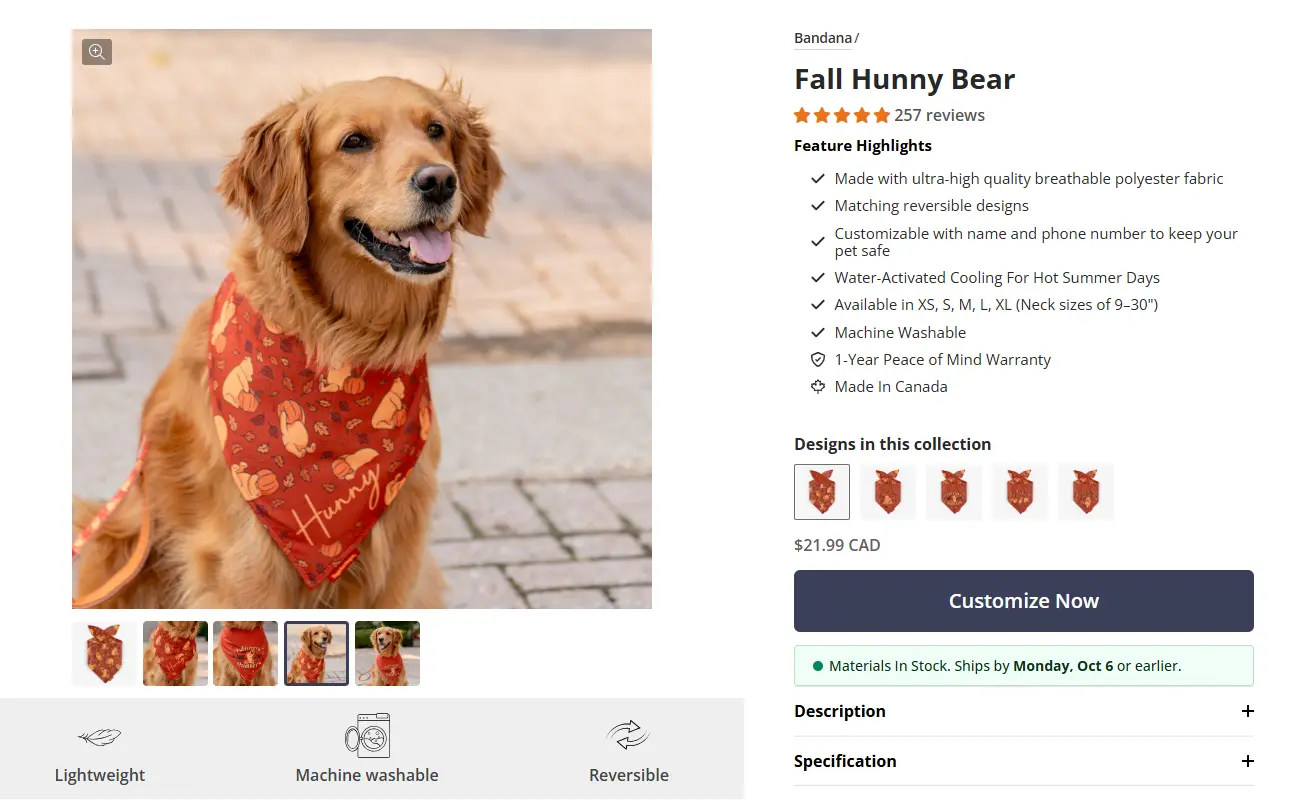
2. Collars
Supplier Price: $6–$10
Selling Price: $18–$30
Gross Profit Margin: 50–60%
Every dog or cat needs a collar-making it an essential item and for sellers, this also means a best-seller with steady demand throughout the year.

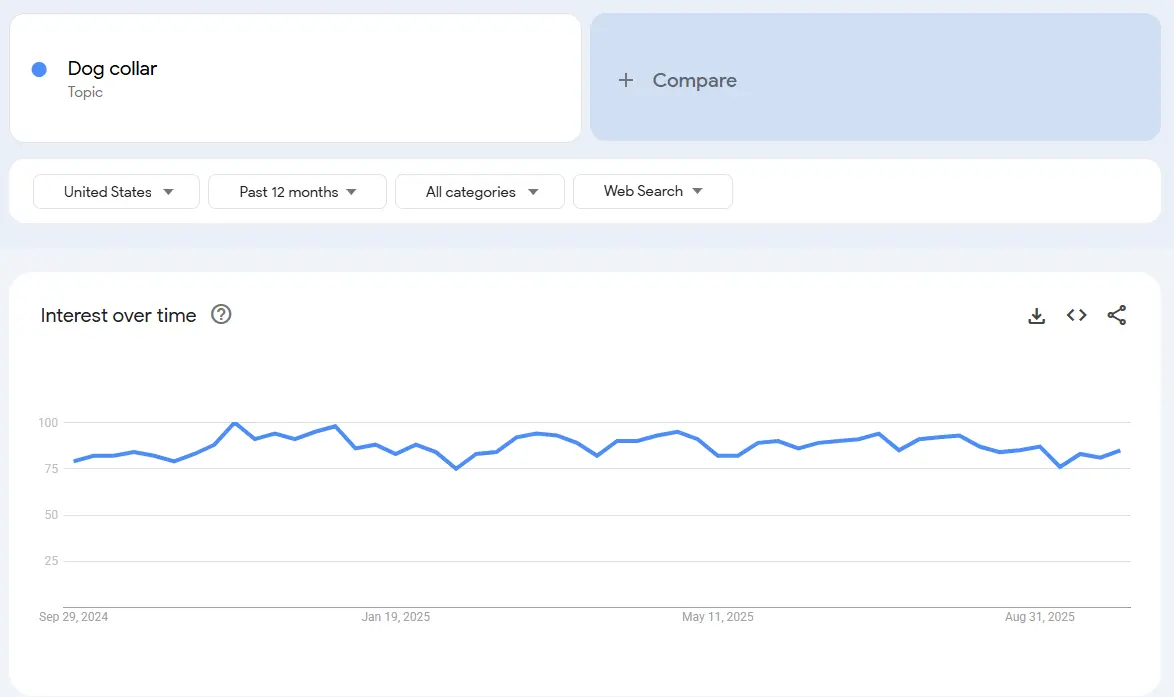
Pet owners also tend to buy multiple collars over time—for different looks, sizes, or occasions—making this a repeat-purchase product. With high-quality designs and smart bundling (e.g., collar + leash + tag), sellers can even increase average order value.

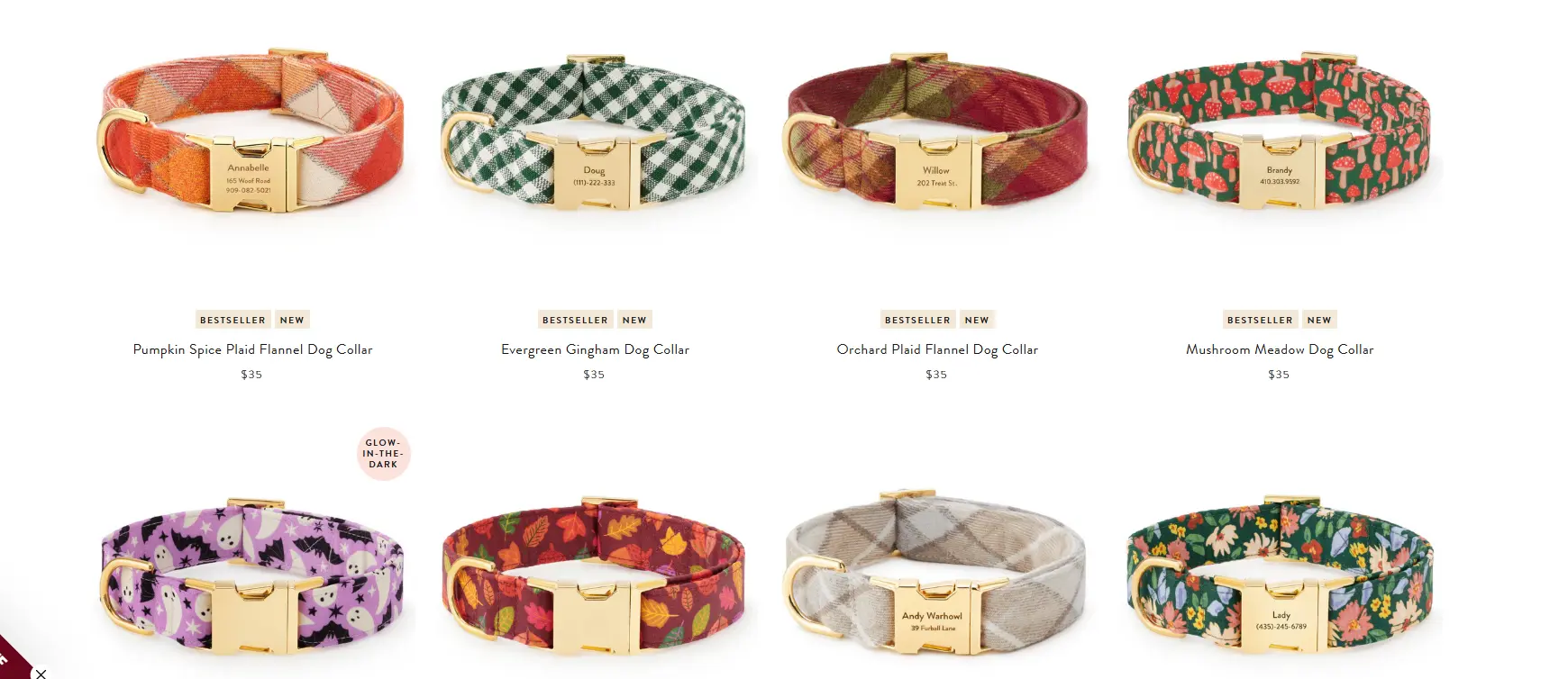
On average, POD suppliers price collars between $6 and $10, depending on material and features. Sellers can comfortably list them for $18 to $35, especially when offering personalized designs such as pet names, phone numbers, or unique patterns. This leaves a profit margin of around 50–60%, with higher profits possible for premium materials or bundled sets.

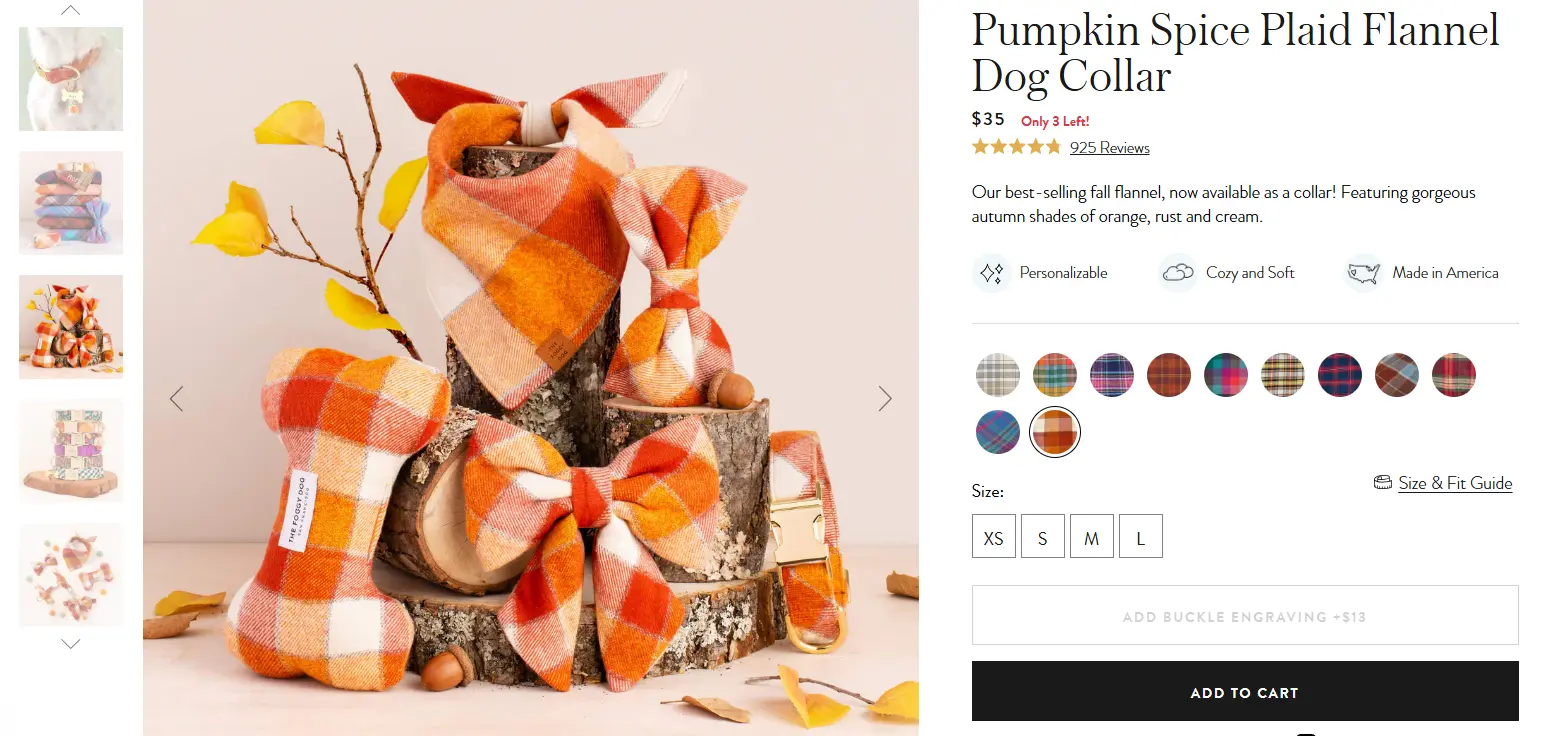
3. Food Mats
Supplier Price: $6–$10
Selling Price: $18–$30
Gross Profit Margin: 50–60%
Food mats sell so well all year because they’re part of a pet’s daily life. Owners often buy more than one—maybe one for food, one for water, or replacements when mats wear out.

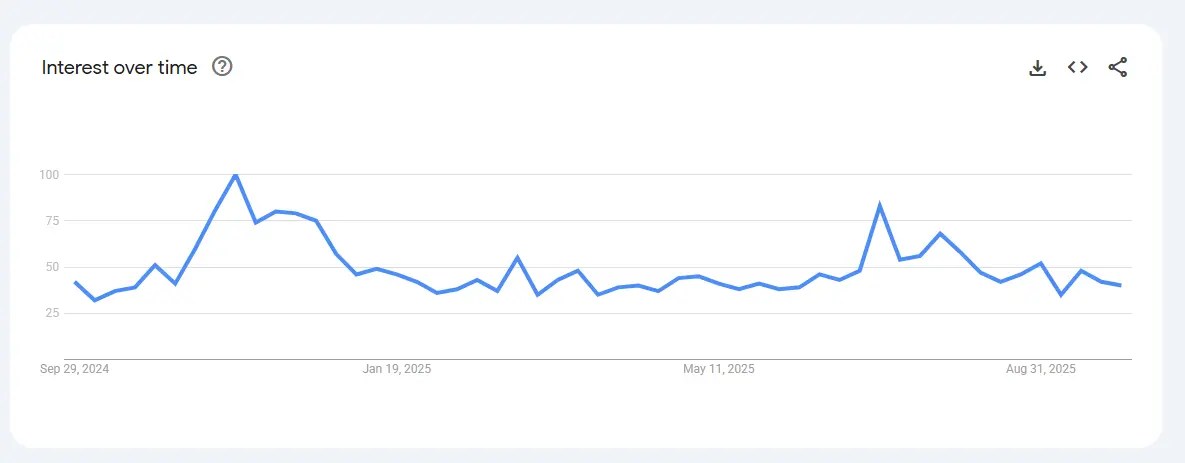
Yet, food mats are not as flashy as some impulse-buy accessories, the key is to add a pet’s name, a funny quote, or even themed sets that match bowls, and suddenly you’ve got a product that guarantees good sales.

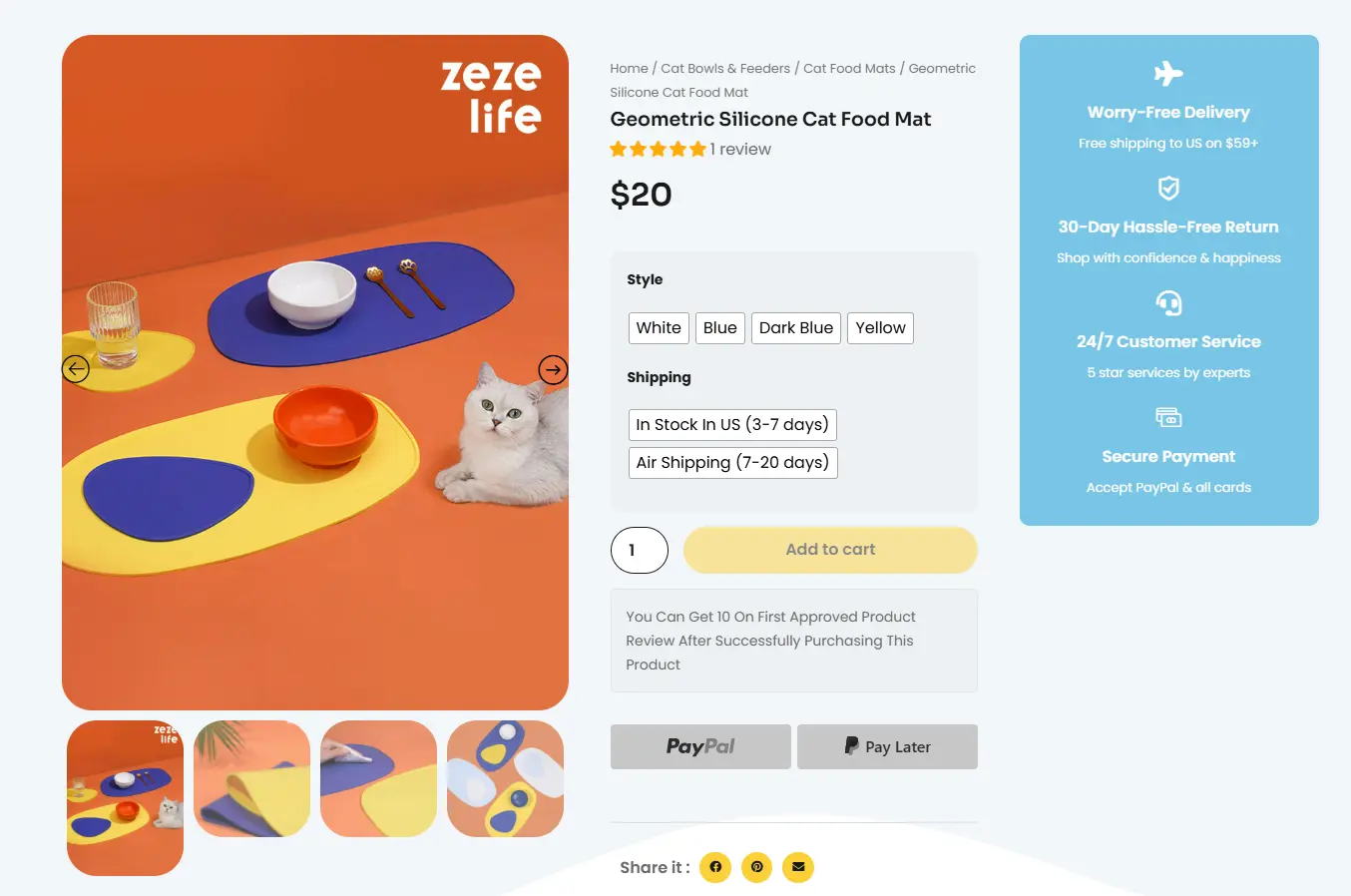
Margins are also attractive—$8–$12 to source, $20–$30 to sell—leaving you with 50–60% profit. Since mats are lightweight and easy to ship, fulfillment costs remain low, they all help margins stay healthy.


4. Tank Tops
Supplier Price: $6–$10
Selling Price: $15–$25
Gross Profit Margin: 50–60%
Our furry friends look adorable in tank tops, and their owners love sharing photos online. While demand peaks in spring and summer, lighter designs and everyday casual prints can still sell year-round.

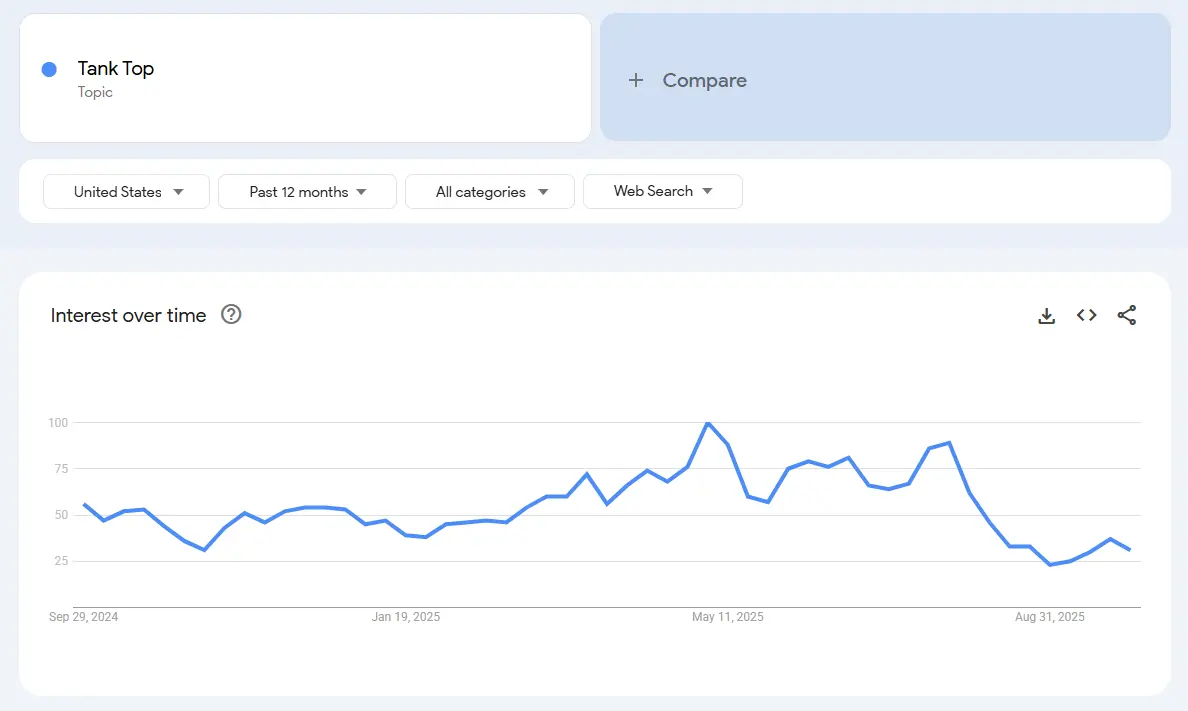
With creative prints, personalized pet names, or themed collections, tank tops can be positioned as a must-have accessory that lets you charge a bit more for the “premium feel.”

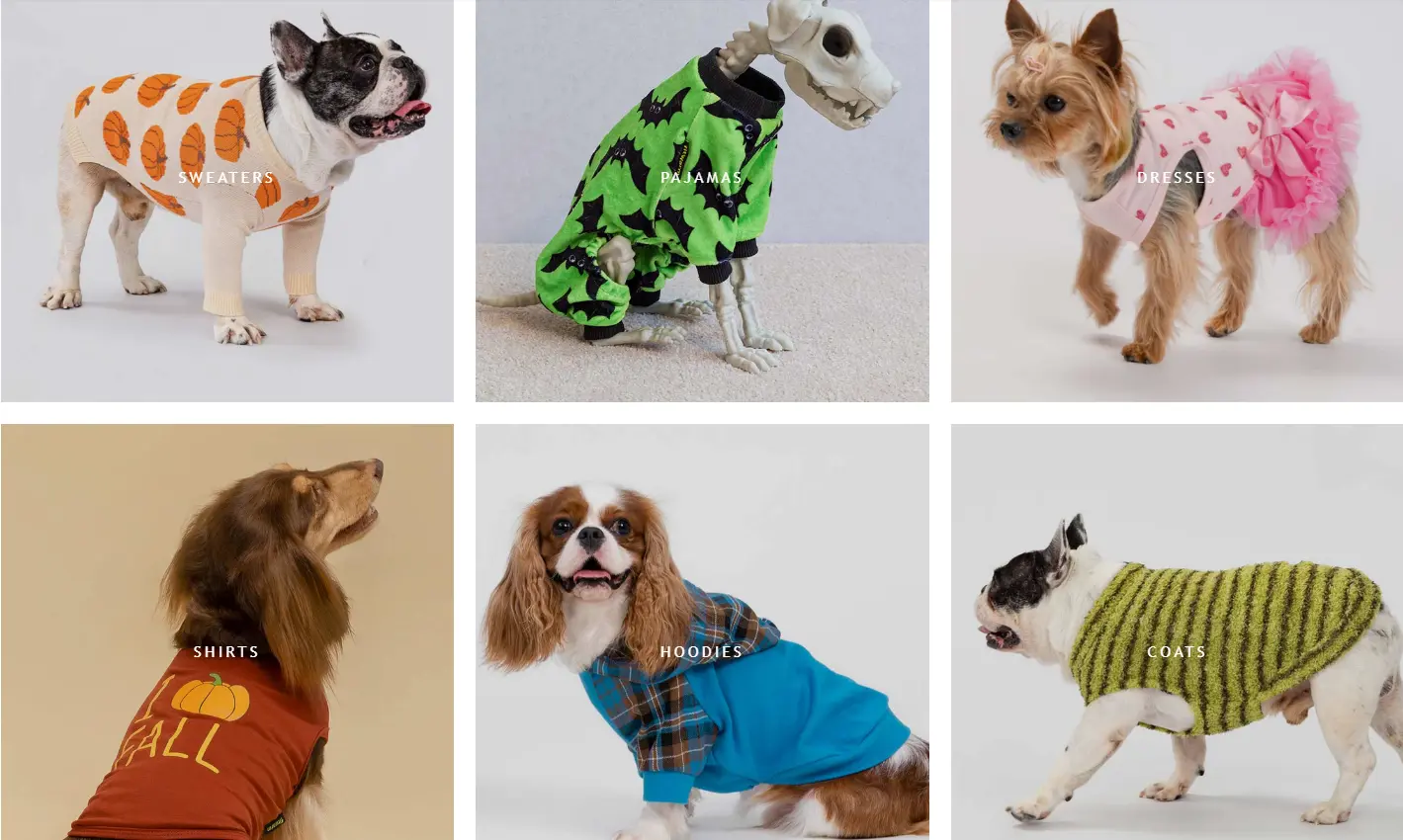
Ideally, you can source them for $6–$10, sell them for $15–$25, and enjoy around 50–60% margin per sale.

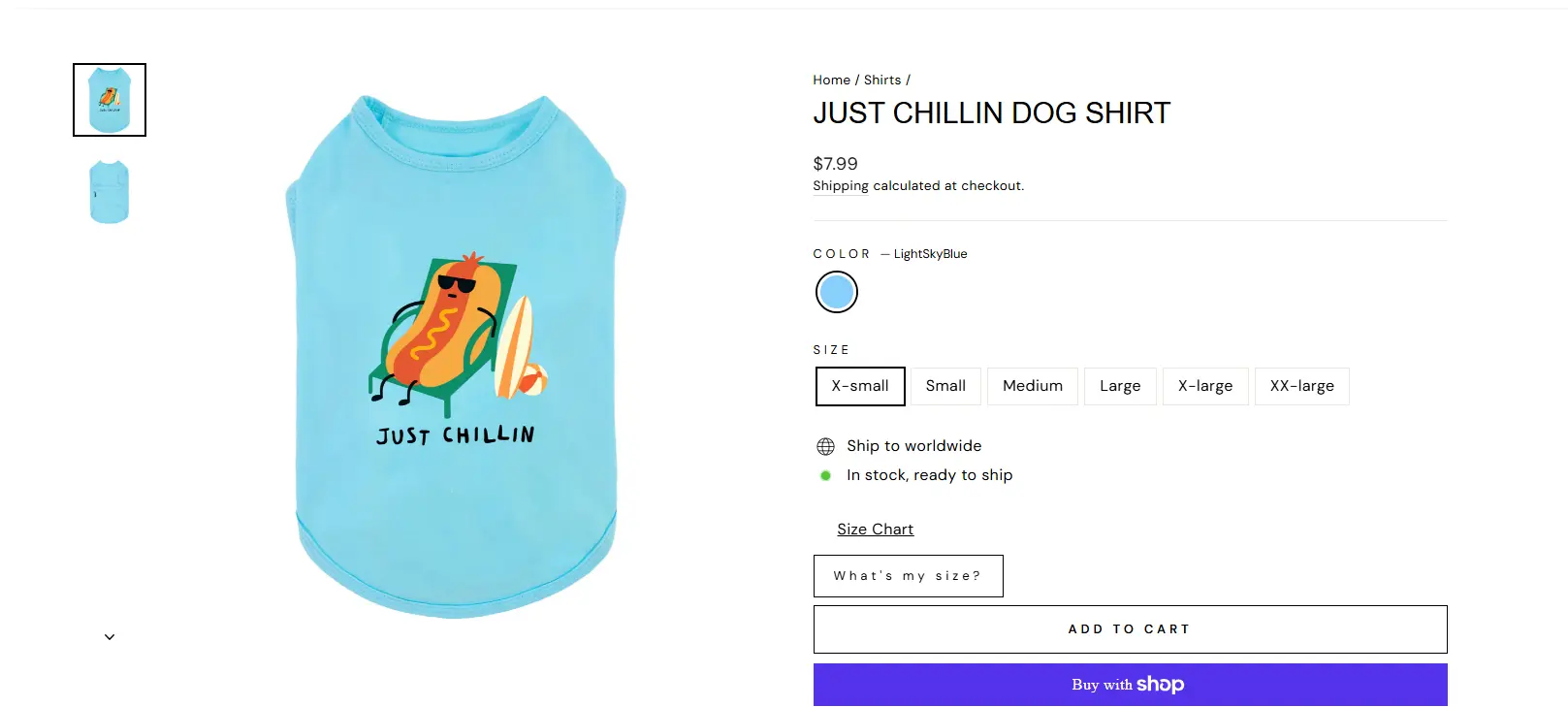
5. Leashes
Supplier Price: $7–$12
Selling Price: $20–$35
Gross Profit Margin: 50–60%
Here’s the thing: leashes sell well all year long. They aren’t tied to seasons, trends, or holidays—owners buy them whenever needed. For POD sellers, that’s a steady stream of sales.


More than that, custom designs, patterns, or pet names can turn a simple leash into a premium product, easy to mark up and sell repeatedly.

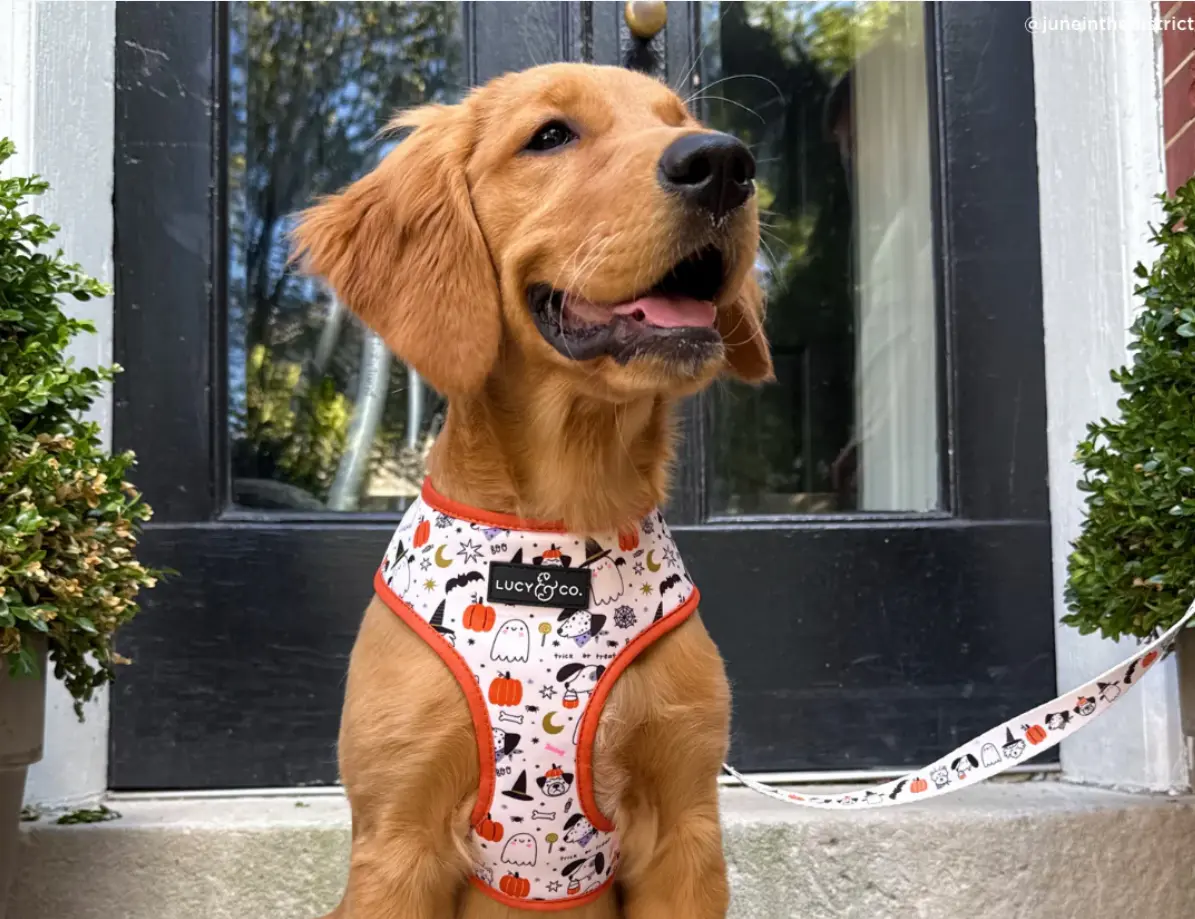
And with low supplier costs ($7–$12) versus retail prices ($20–$35), sellers can expect a healthy profit margin at 50–60%, while their lightweight, easy-to-ship nature keeps fulfillment simple.


6. Beds
Supplier Price: $7–$12
Selling Price: $20–$35
Gross Profit Margin: 50–60%
Pet beds might feel like a product everyone already sells. But here’s the thing: it’s highly competitive, yes—but also means a consistent demand, making them a product worth including in your POD store.

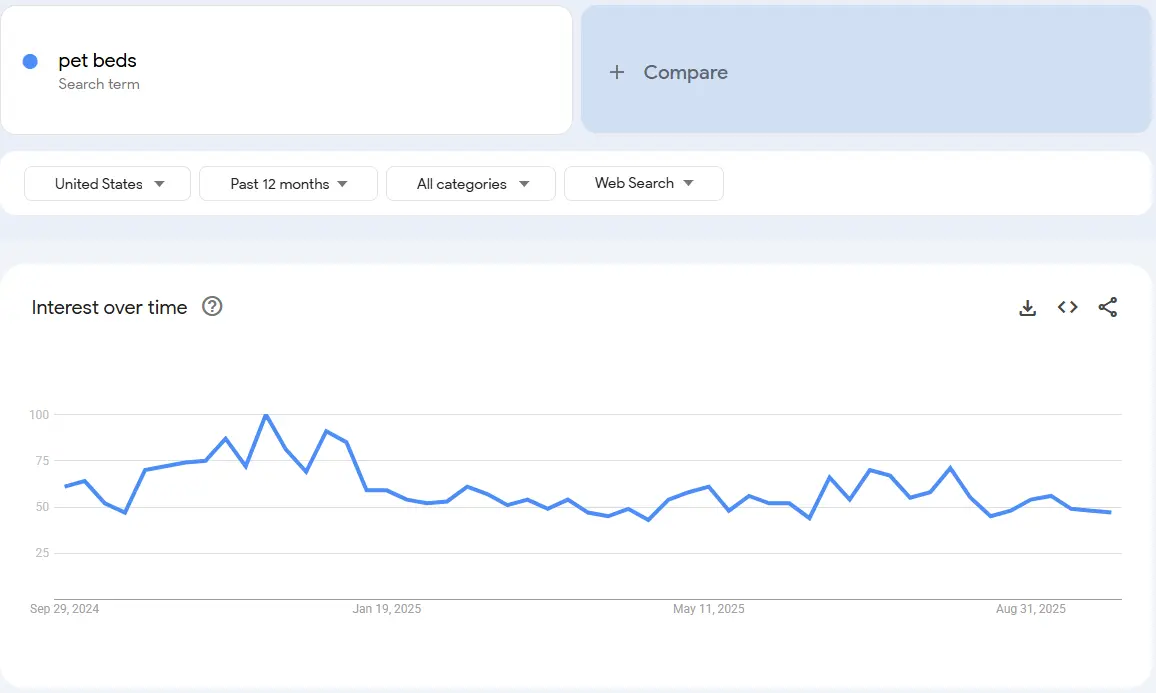
Of course, a plain pet bed can’t win over uncountless pet stores, but add a little personalization—a pet’s name, a favorite color, or a playful holiday pattern—and it becomes a product that sells better and can be marked up higher.

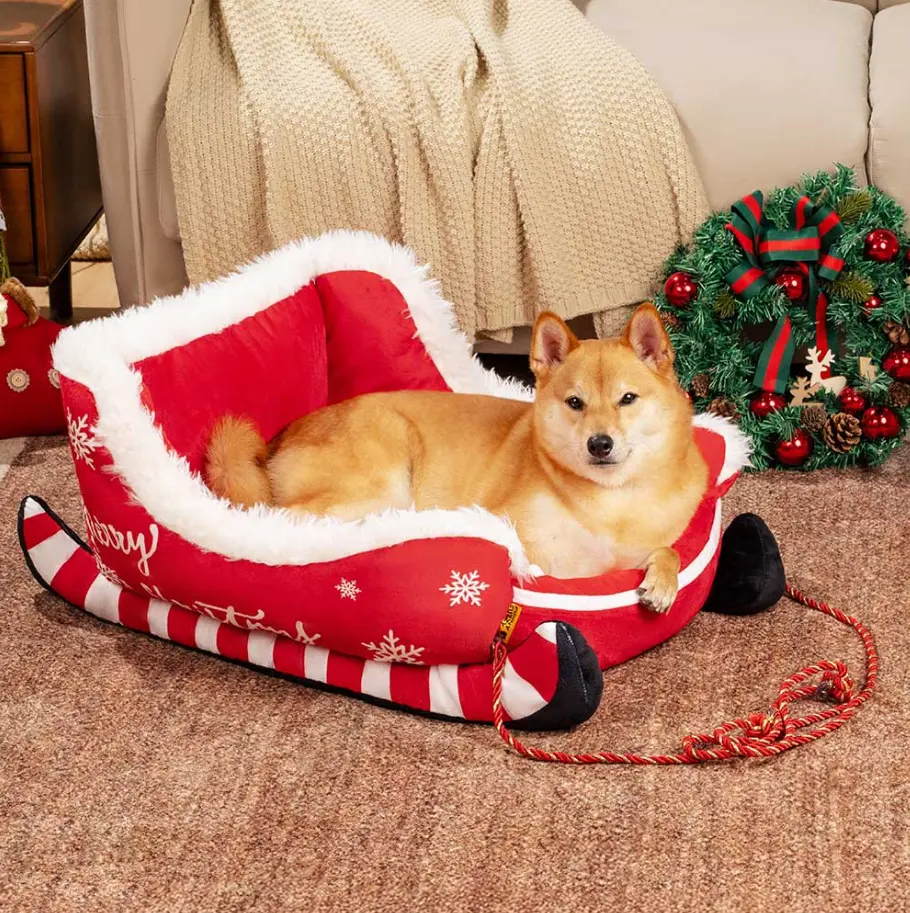
Supplier costs usually range from $15–$25, while retail prices for personalized beds can reach $50–$70, boosting profit margins up to 50–60%.

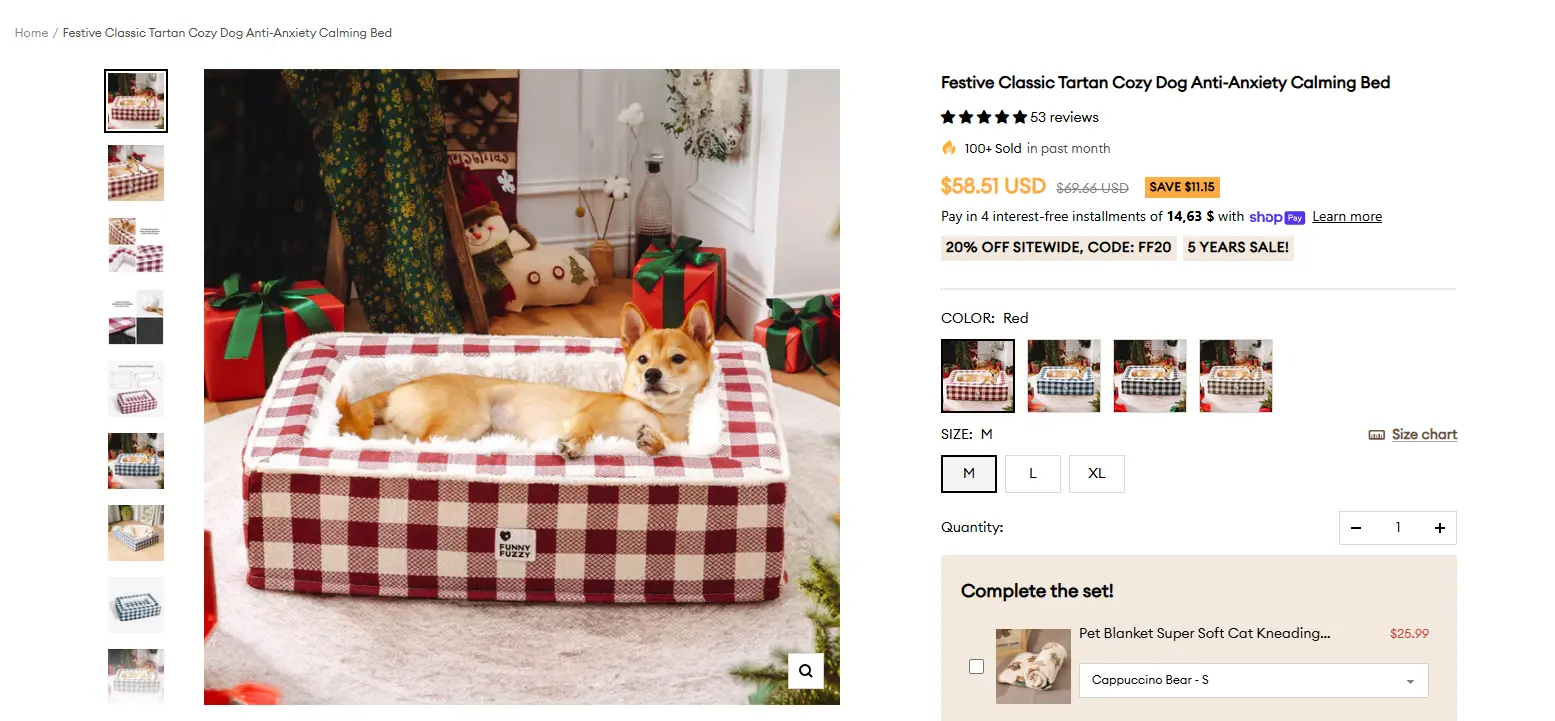
7. Keychains
Supplier Price: $7–$12
Selling Price: $20–$35
Gross Profit Margin: 50–60%
Pet keychains might seem like a tiny accessory, but they pack big profit potential for a POD pet store.

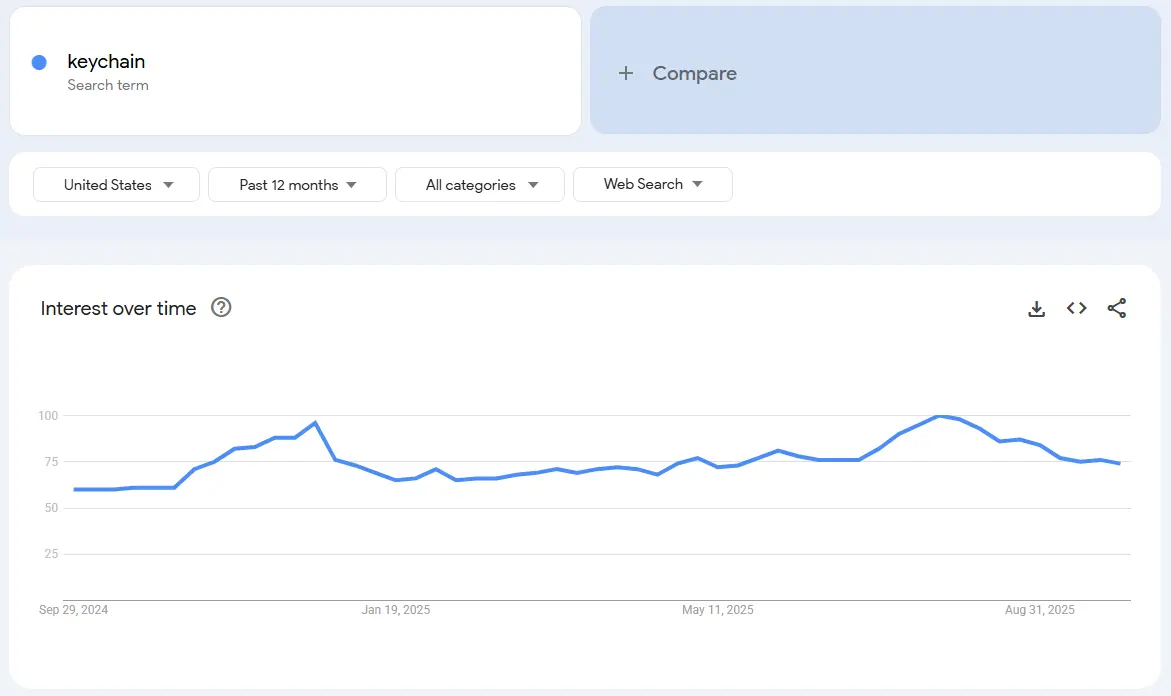
Keychains are great as gifts, stocking stuffers, or collectibles, so there’s always a reason for someone to buy. Plus, they can serve as add-on items to larger purchases, increasing average order value without complicating your inventory.


Supplier costs usually range from $2–$5, while retail prices can go from $10–$20, giving a profit margin of 50–70% per unit.

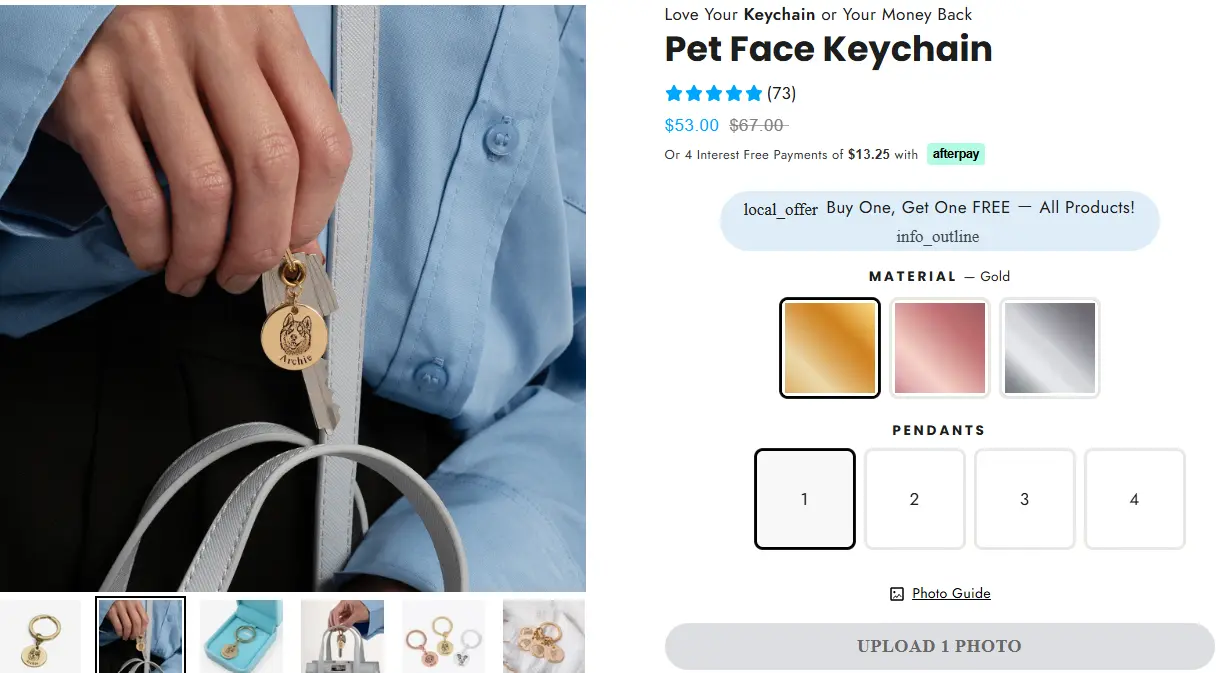
Is Pet POD Niche Profitable?
The pet accessory niche is one of the hottest POD categories right now. Products sell year-round, gross profit margins are high (45-65%), and the market is projected to grow nearly $10B by 2030, according to Grand View Search.
Because pets are family, and owners love to spoil them. Everyday essentials like beds, leashes, and bowls are always in demand, while smaller items like tags, keychains, or bandanas are perfect for gifts or seasonal flair.
That’s strong proof that POD sellers entering this niche are stepping into a growing, profitable market.
How to Start a Profitable Pet POD Store?
Here’s a step-by-step guide to launching a profitable print-on-demand store on pet niche:
Step 1: Pick Your Sub-Niche
Your sub niche is the more specific type of pet audience or category you want to serve—like dog owners, cat lovers, or small exotic pet enthusiasts. The right niche isn’t just about chasing trends; it’s about finding a high-demand pet segment with good profit potential and manageable competition.
A great place to start is your own experience with pets. If you already understand pet owners’ needs, you’ll know what designs and products click—like personalized beds, stylish collars, or custom bowls. That insider knowledge helps your store stand out faster and connect with buyers who care about their pets.
Step 2: Choose Your Pet Products
Not every best-selling retail item translates well to pet POD. The best pet POD products typically share three traits:
Design-friendly – Items with enough printable surface for customization, like pet beds, bandanas, or bowls.
High-profit potential – Products that allow a 40–60% margin or higher while remaining affordable for pet owners.
Consistent demand – Everyday essentials or fun accessories pets need year-round, not just seasonally.
When you pick products that meet all three, you give yourself the best chance at creating a best-selling lineup in your pet niche.
Step 3: Design Your Pet Products
In pet POD, design is everything. Even the most practical products can fail if the design doesn’t appeal to pet owners.
The goal is to create designs that people actually want to use, gift, or show off—like personalized dog bandanas, cat-themed mugs, or playful bowls with funny quotes.
If you’re not a designer, tools like Canva, Placeit, Adobe Express, or GIMP make it simple to create professional-looking designs and mockups. The secret isn’t just making it pretty—it’s making it something pet owners can’t resist buying.
Step 4: Set Up Your Pet POD Store
Shopify is the most popular choice because it’s easy to set up, affordable, and integrates seamlessly with POD apps for automatic fulfillment, inventory tracking, and marketing.
Other options for pet-focused POD sellers include:
Etsy – Perfect for unique, handmade-style pet products.
WooCommerce (WordPress) – Highly customizable, ideal if you want full control.
BigCommerce – An alternative to Shopify with a growing POD ecosystem.
Step 5: Promote Your Pet Brand
Platforms like Facebook, Instagram, TikTok, or Google let you target pet owners, test designs, and start generating revenue immediately. The data you collect will reveal which products resonate, helping you scale your pet POD store profitably.
Monitor Your Pet Products Performance
One key trait of every profitable pet POD store is tracking their product performance closely. Without this insight, it’s impossible to identify which one is contributing to the bottom line.
TrueProfit is the #1 Shopify profit analytics platform that helps pet POD sellers monitor net profit in real-time by automatically calculating all costs. With TrueProfit, you always know which products are winners and which are underperforming.
Here’s how TrueProfit gives your pet POD store a competitive edge:
- Spot true profit and loss instantly on an interactive, real-time dashboard
- Calculate product profitability after factoring all costs, helping you identify top performers
- Track store performance over time with a full P&L statement
- Automatically track exact COGS through seamless POD supplier integrations
By giving you a real view of your profits, TrueProfit helps you scale your pet POD store confidently while focusing on the metrics that truly matter: net profit.
Final Thoughts
Print-on-demand pet products are a profitable niche with high potential for creativity and personalization. With the right products, designs, and marketing strategy, you can build a thriving pet POD store in 2025. Focus on quality, unique designs, and customer experience to stand out in this booming market.
Leah Tran is a Content Specialist at TrueProfit, where she crafts SEO-driven and data-backed content to help eCommerce merchants understand their true profitability. With a strong background in content writing, research, and editorial content, she focuses on making complex financial and business concepts clear, engaging, and actionable for Shopify merchants.

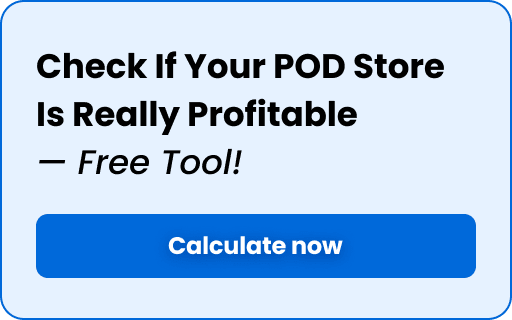


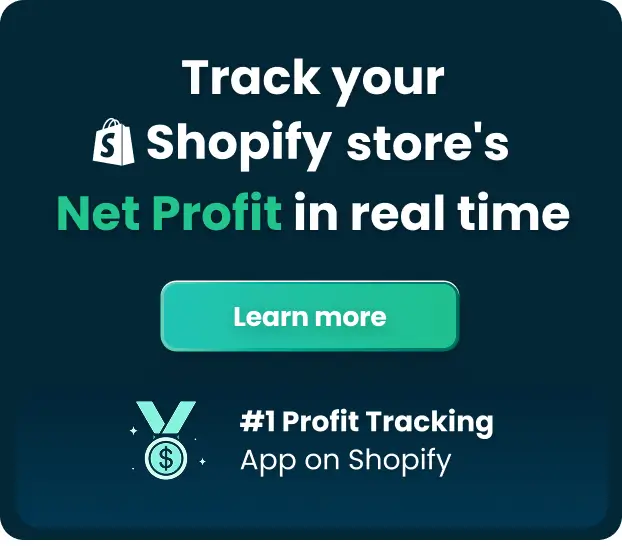
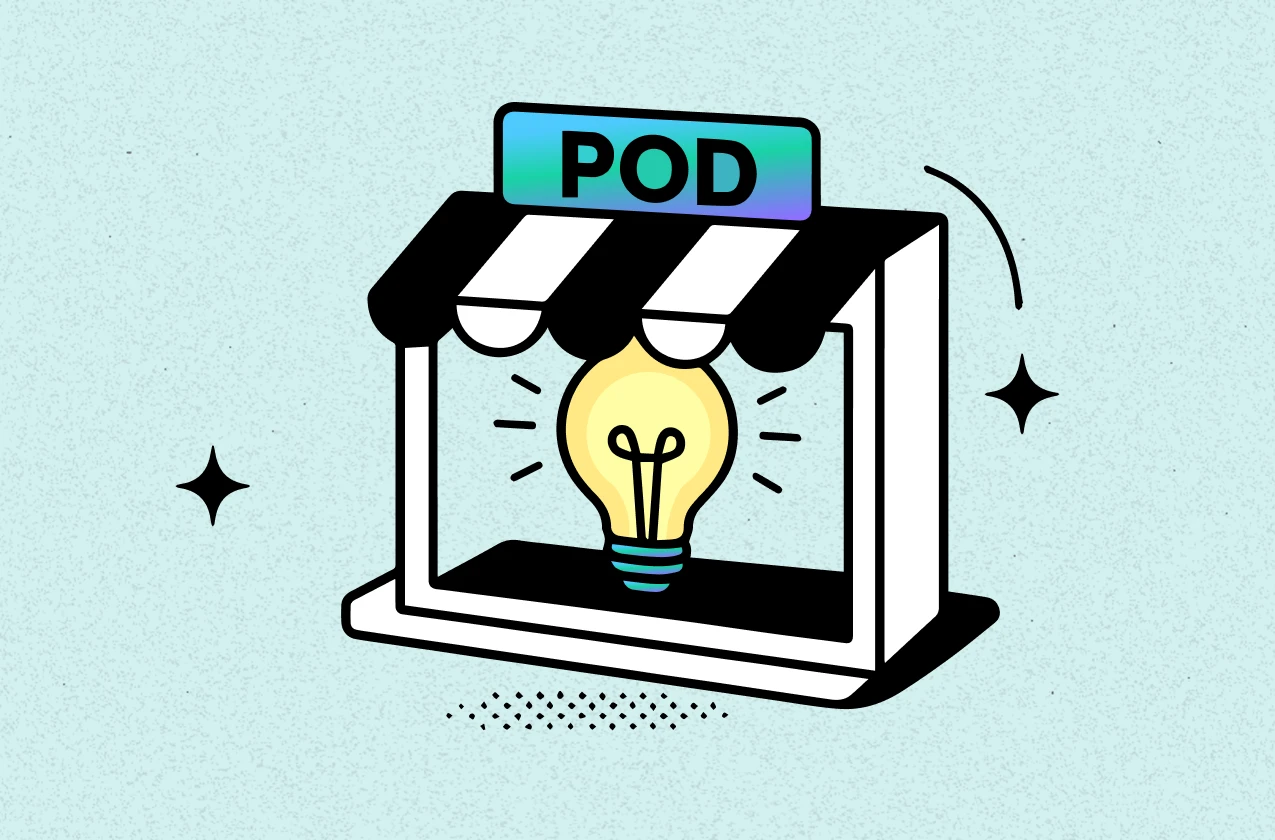
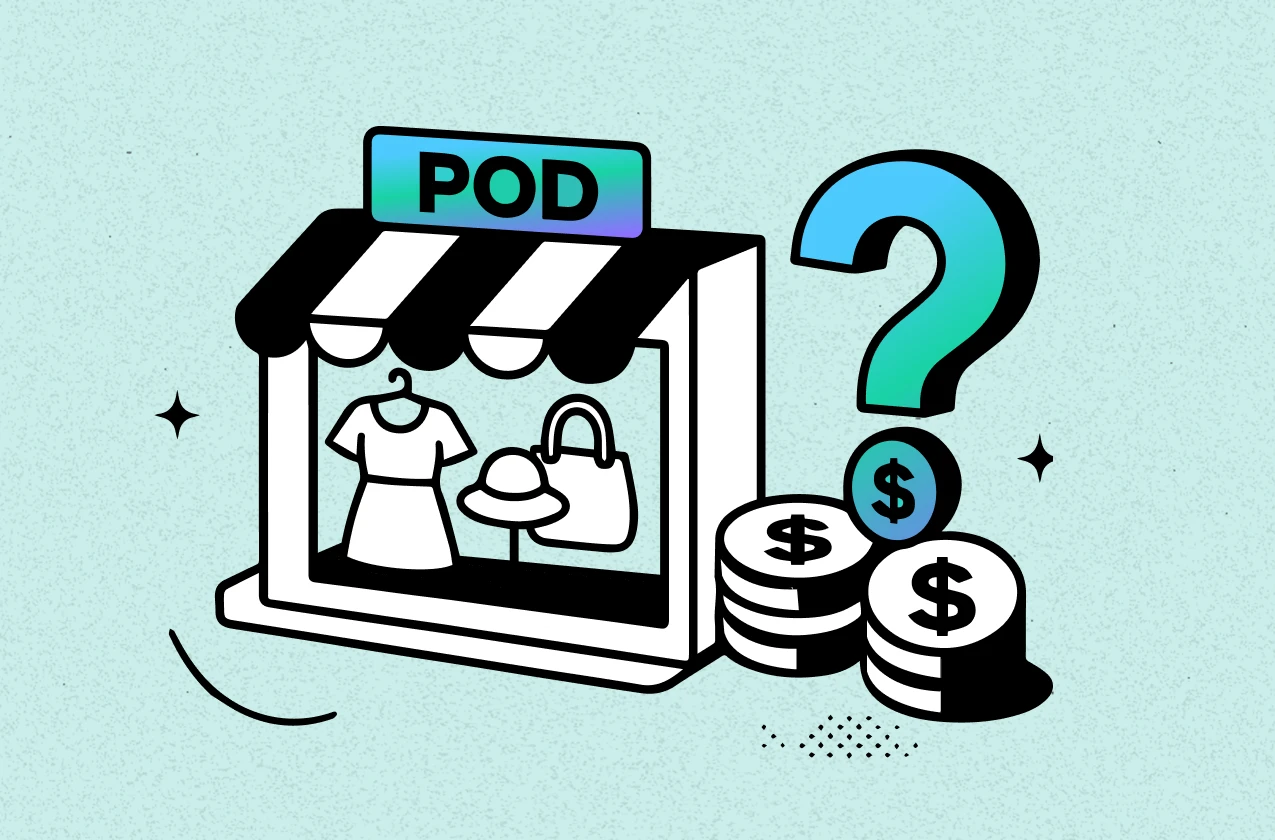
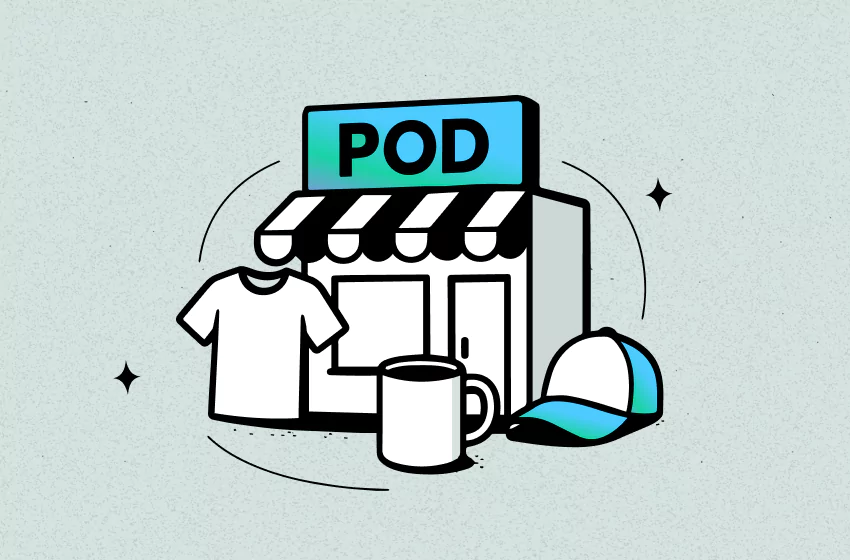
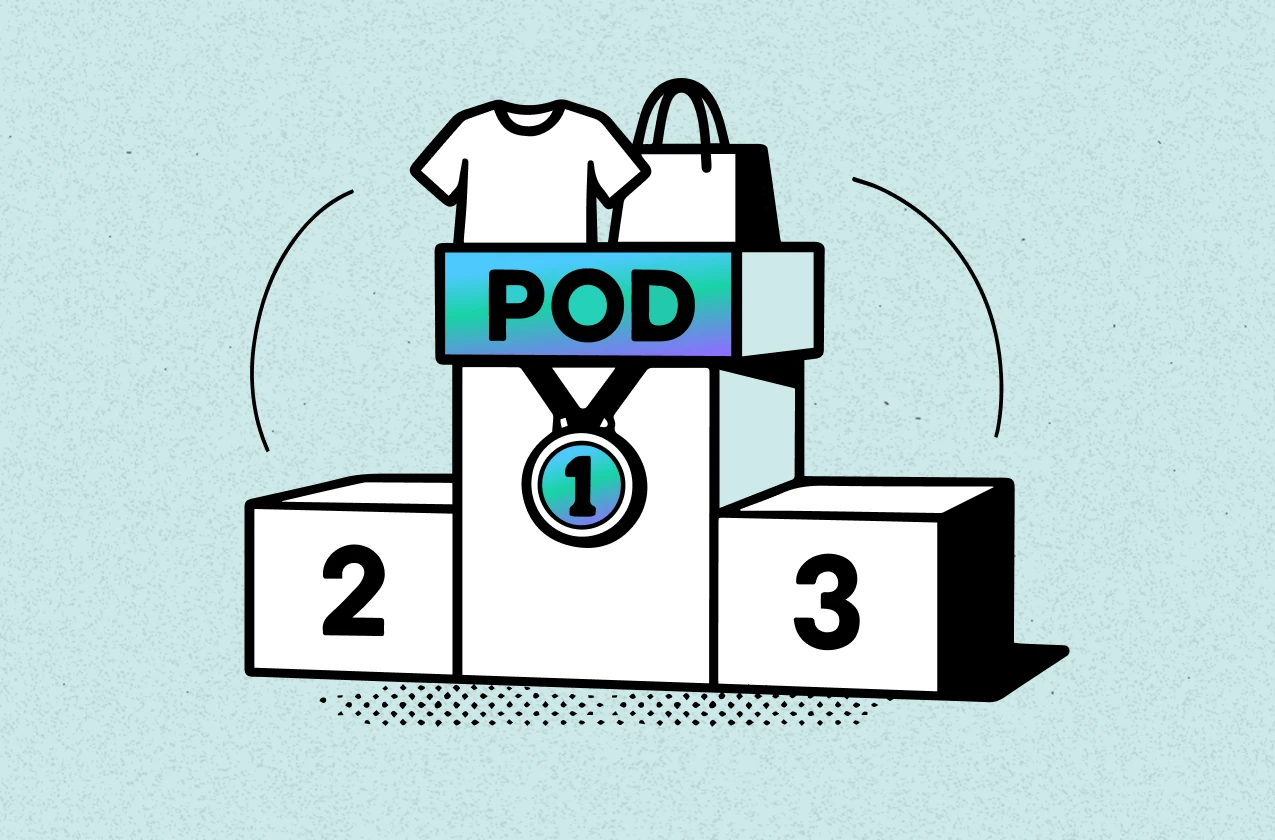
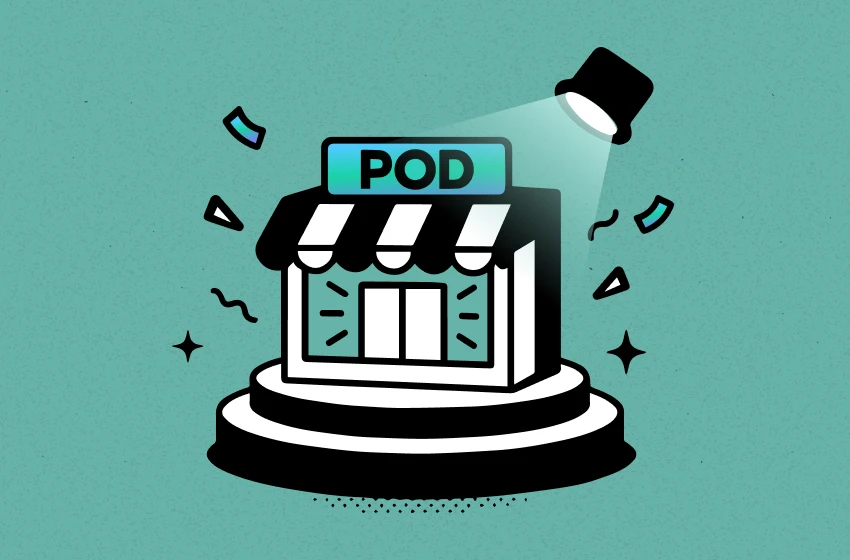
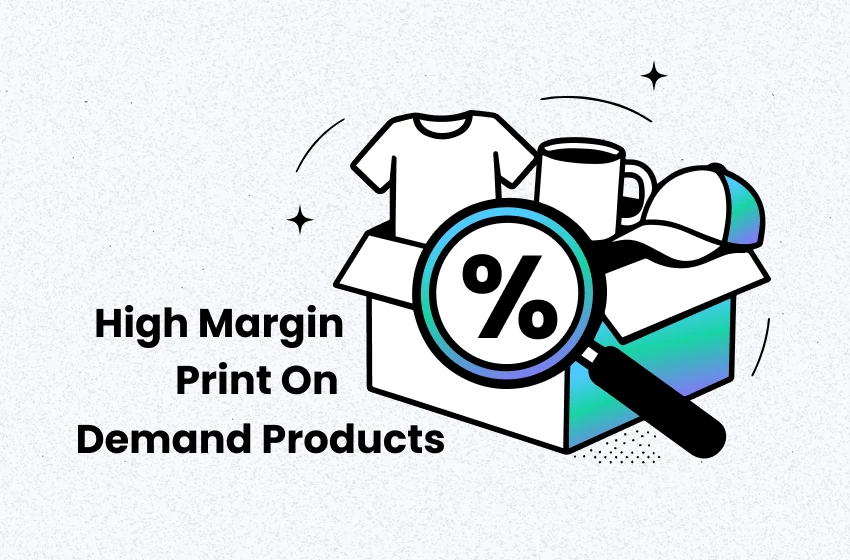
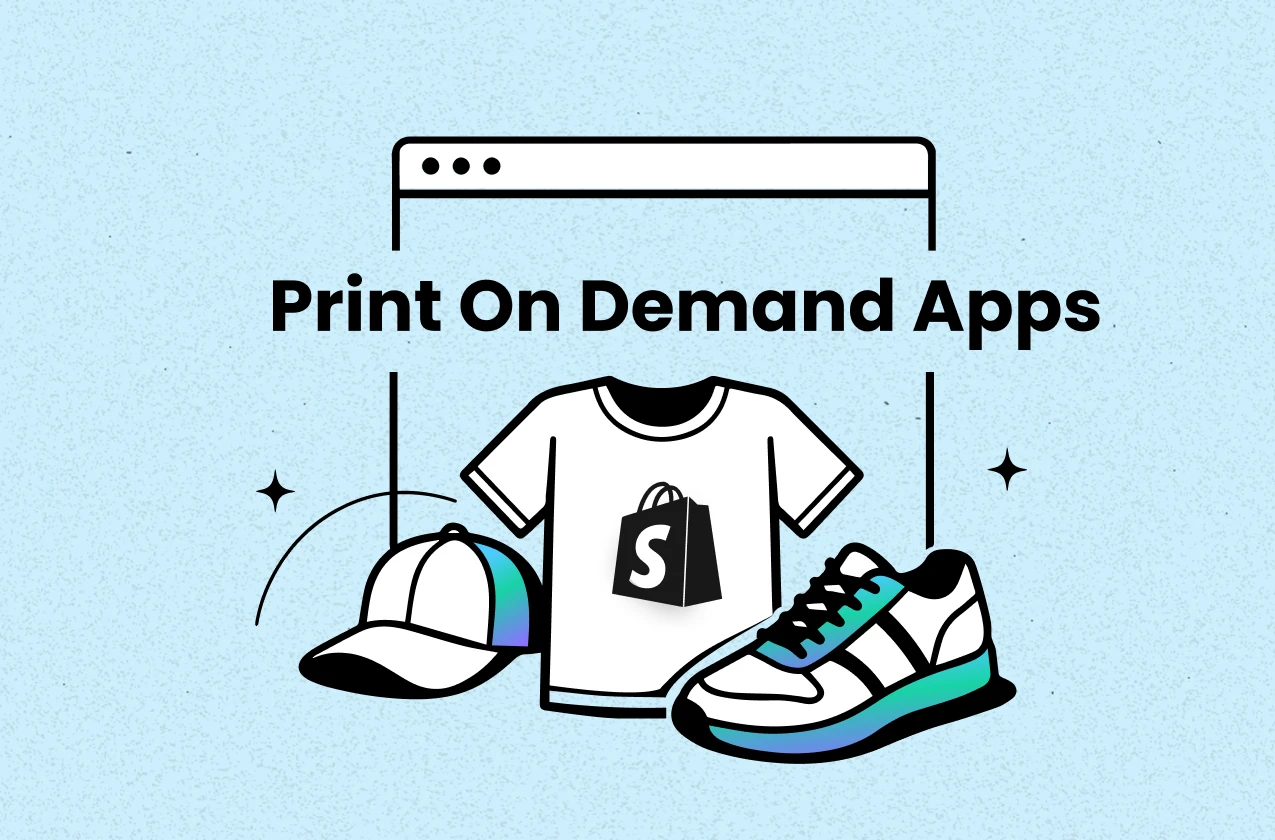
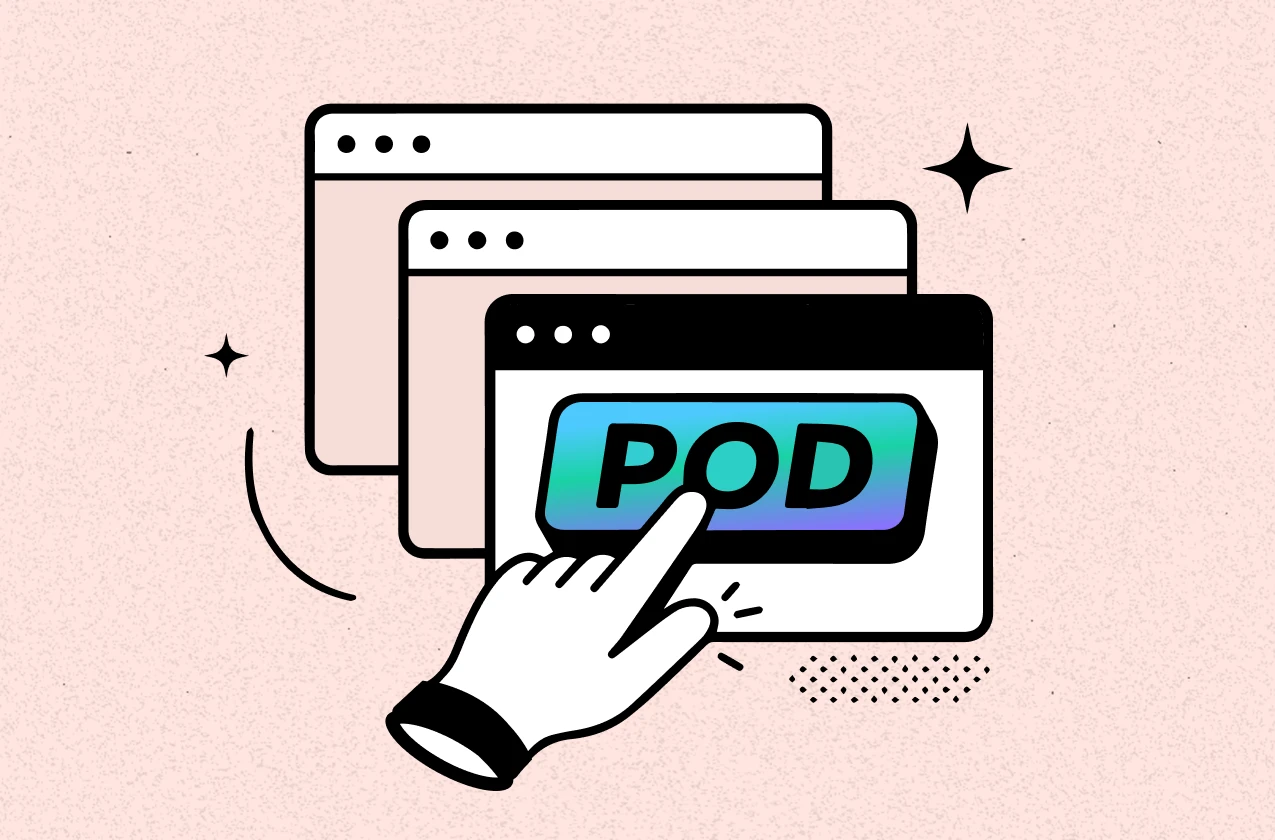
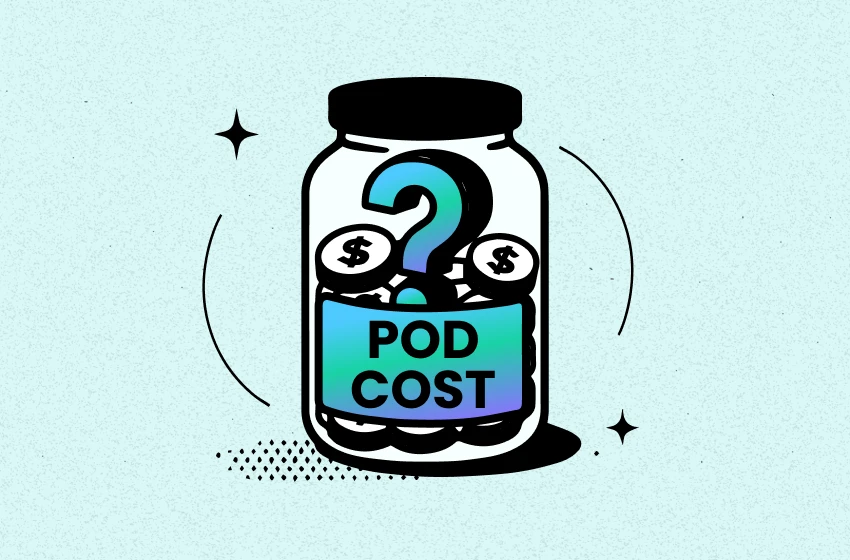
 Shopify profits
Shopify profits